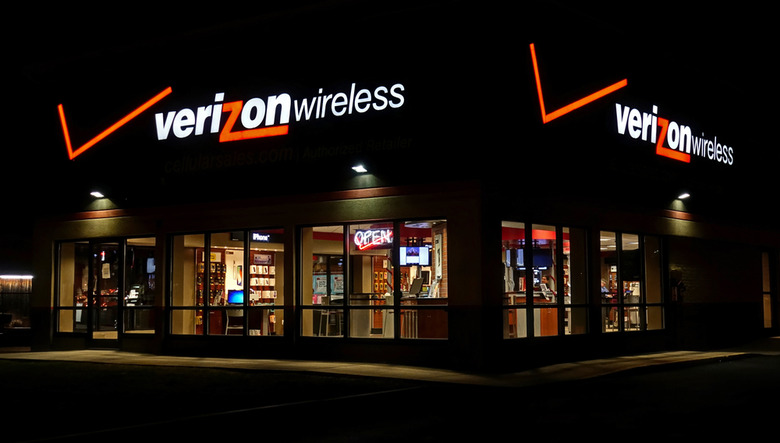Verizon Is Still The Best Network In America - At Least According To This Test
Back in the halcyon days of the Moto Razr and Windows Mobile 6.5, there were only two good mobile networks in America. Verizon and AT&T brought great coverage at high cost, while T-Mobile and Sprint competed to provide cheap cell service in urban areas.
But over the last three years, the narrative has been flipped on its head. T-Mobile has invested heavily, and according to some third-party testers, its network is now the fastest in the country. Even Sprint, thanks to a new focus on building out infrastructure and some clever tech solutions, is catching up with the big carriers.
According to the latest report from RootMetrics, a company that conducts drive-testing across America, the playing field isn't truly level just yet. Verizon was crowned the number-one network for a ninth time in a row, and won across every category – overall, reliability, data, speed, calls, and texting. It's not that Verizon enjoys an advantage in one part of the country, either; the company won 249 of the available 300 state-level awards, meaning its geographic coverage is terrifyingly comprehensive.
Second place overall went to AT&T, which scored second in five out of the six categories. T-Mobile and Sprint were left to fight for the table scraps, with T-Mobile beating out Sprint for the best data and speeds, but Sprint winning calls and reliability.
RootMetrics is arguably the most "scientific" of all the network tests we see each year. To conduct its testing, RootMetrics goes and buys the same model of Android phone from each network, puts them in the back of a car or straps them to a tester's body, and then conducts millions of speed tests in carefully selected locations all around the country.
"Drive-testing," as the technique is known, has a number of advantages that make it good for making apples-to-apples comparisons. The networks are being tested on the same device, at the same time, in exactly the same location. The testing is also consistent and repeatable, which means that a year-to-year change in the results is more likely to indicate a real-world change in the network, rather than reflect a change in the testing process.
But drive-testing isn't the only way to test a network, and other techniques aren't quite as favorable to Verizon. OpenSignal and Ookla are two companies that use millions of crowd-sourced speed tests to compare average speeds on different networks, and their reports have tended to show that T-Mobile users see the fastest average speed, with Verizon distinctly middle-of-the-pack.
T-Mobile argues that drive-testing is only ever going to be an approximation of the real-world customer experience, and the only way to truly compare networks is to look at the real-world customer data. Verizon, of course, puts more emphasis on the "scientific, apples-to-apples" results from drive-testing, which favor its network.
What should you, a person who just wants good cell service without caring about corporate share prices and churn rates, actually care about? When it comes to nationwide comparisons, the most useful thing in both drive-testing and crowd-sourced data is the trend. Both types of testing paint a similar story when viewed over the course of years: the smaller networks are catching up. While Verizon still sweeps Rootmetrics' awards in first place overall, and AT&T still happily sits in second, the gap between first and fourth place for overall, reliability, and speed has narrowed considerably. Verizon might still have an advantage (nine years of first-place results is difficult to argue against), but that advantage is far smaller than it was five years ago.
If you live and work in one city and don't do much inter-state travel, the most useful thing that all the testing outfits supply are metro-area rankings of the networks. If you're trying to decide on a cell provider and looking at coverage, looking at the local scores (and even OpenSignal's hyper-local coverage map) can tell you about regional differences, which can be far more pronounced that the differences between the networks nationwide.
